In pictures: Stoke-on-Trent's pottery history documented in exhibition
- Published
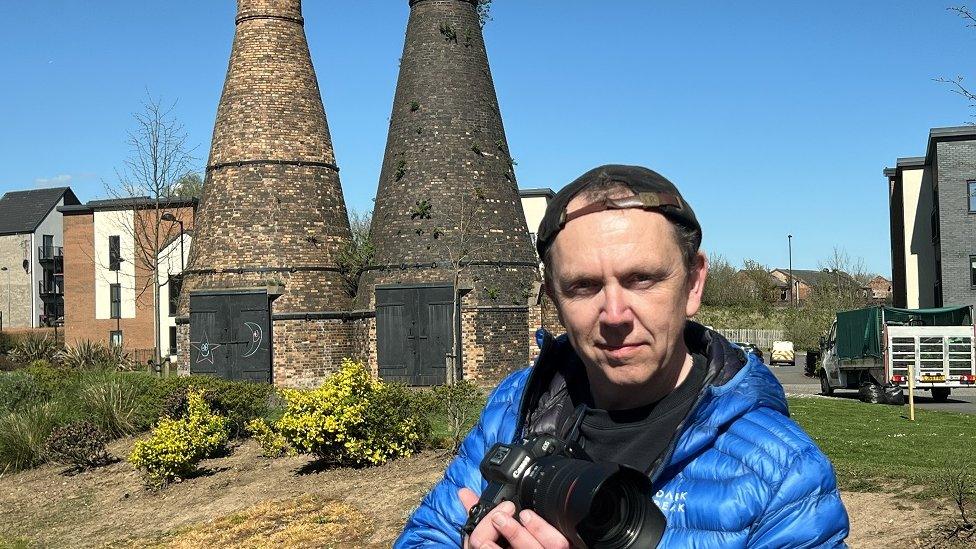
Photographer Phil Crow has documented the 47 remaining bottle-shaped structures in Stoke-on-Trent
The last remaining bottle ovens in Stoke-on-Trent, the historic home of the pottery industry, have been documented for a new exhibition.
Phil Crow said photographing the 47 bottle-shaped structures was originally a way to unwind after visiting his mother in hospital.
The kilns operated until the mid-20th century and remain part of the industrial landscape.
"I hope the 47 remain 47 and that number does not dwindle," Mr Crow said.
His photographs will be exhibited at three sites over the next few months along with ones from Keele University's archive.
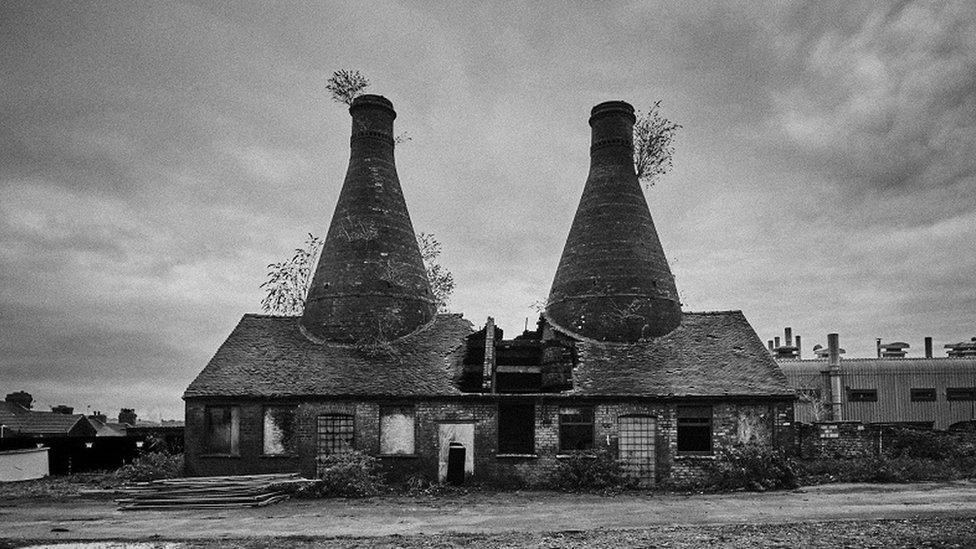
Bottle ovens or bottle kilns remain a stand-out feature of the city's industrial heritage
The idea for the showcase began when Mr Crow, who moved to Lincoln from Staffordshire, visited his mother in hospital towards the end of the Covid-19 pandemic.
"I would come down, see mum and then go for a walk to sort of decompress," he said.
"I started walking down by the towpath and just started photographing the kilns. It grew out of that."
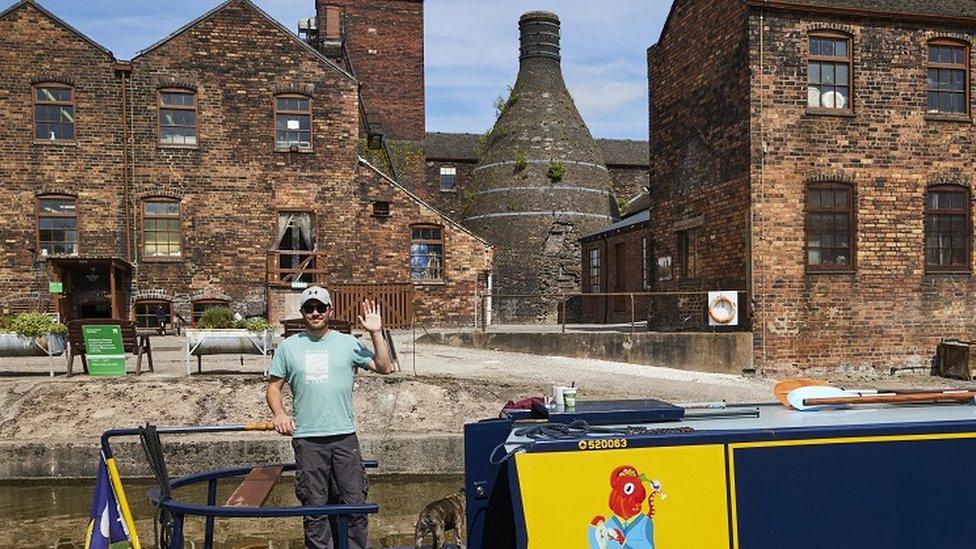
Middleport Pottery is home to this bottle kiln
The structures emerged in the 17th Century and Stoke-on-Trent Museums said at the height of pottery manufacture there were as many as 2,000 of them in the city., external
But the Clean Air Act of 1956, along with the introduction of new gas and electric-fired kilns, put a stop to their use, the Potteries Bottle Oven Owners Club said.
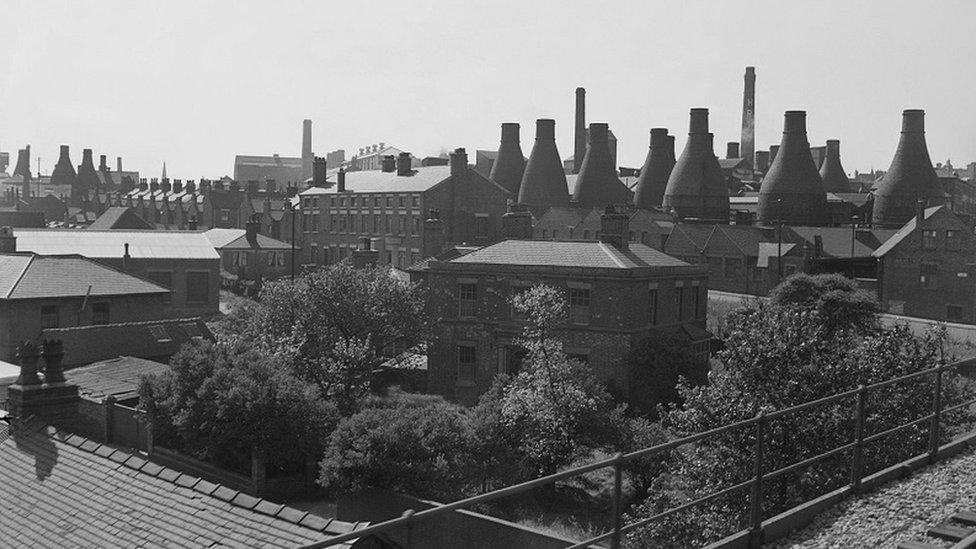
Thousands of the bottle ovens once dominated the Stoke-on-Trent skyline
"It's great some are left as they are important industrial heritage," Mr Crow said.
His exhibition began at Keele University and will run into May, before it moves to the Gladstone Pottery Museum and then Middleport Pottery.
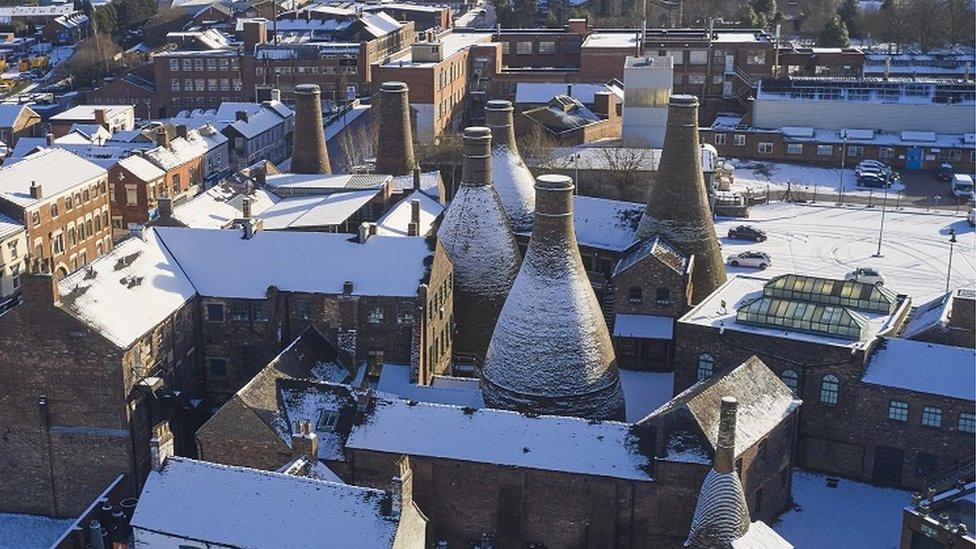
Several remain at Gladstone Pottery Museum
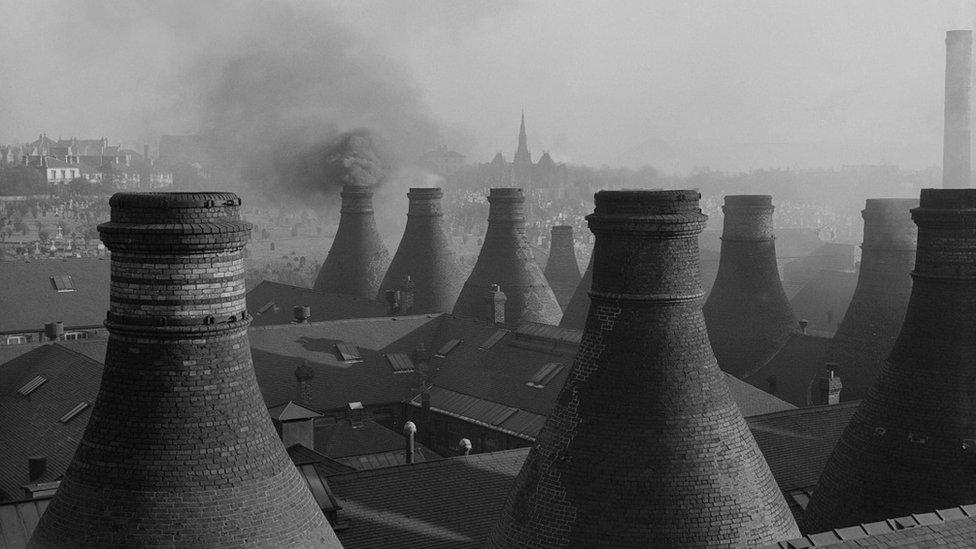
The Clean Air Act of 1956 and a shift in the industry to gas and electric-fired kilns were two main reasons for their decline

Follow BBC West Midlands on Facebook, external, Twitter, external and Instagram, external. Send your story ideas to: newsonline.westmidlands@bbc.co.uk, external
Related topics
- Published5 January 2023
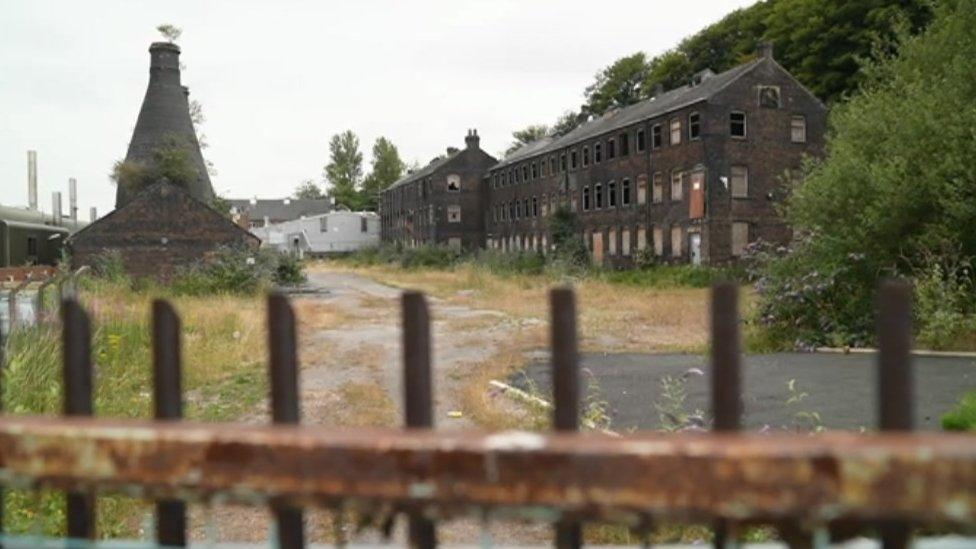
- Published23 November 2022
